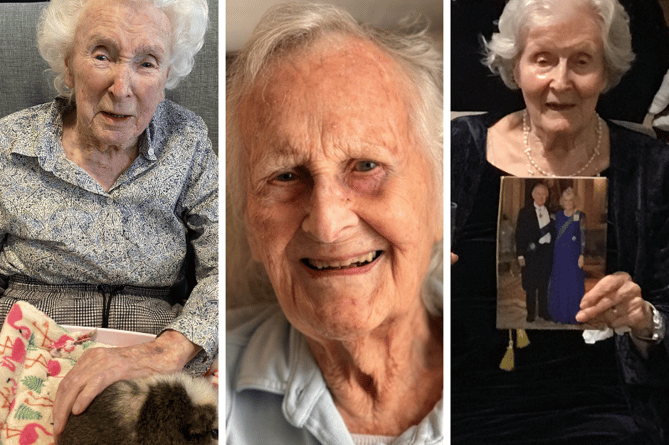Living memories of the Second World War are sadly getting harder to come by as we approach the 80th anniversary of the end of hostilities next year.
But for three remarkable women living at Bourne Wood care home in Farnham, all aged 100 or over, the war years are still fresh in the memory.
Jean Harris, 100, Patricia Hase, 101, and Peggy, 103, all lived through those dark days from 1939 to 1945 and have remarkable tales to tell.
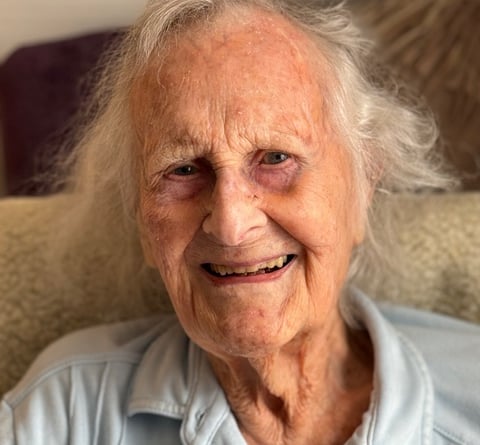
The oldest, Peggy, has had an extraordinary life, like many of Bourne Wood’s residents, and her adventurous spirit was well-established long before the war.
Like so many others Peggy 'joined up’ and found herself a member of the first WREN unit ever to go to sea. After an important but dangerous stint charting and repairing sea-mines around Dartmouth off the south Devon coast, she ended the war as Coxswain of the Captain’s launch in Portsmouth.
There were some 74,000 Wrens by the end of the war, doing a wide variety of jobs that had previously been done by men.
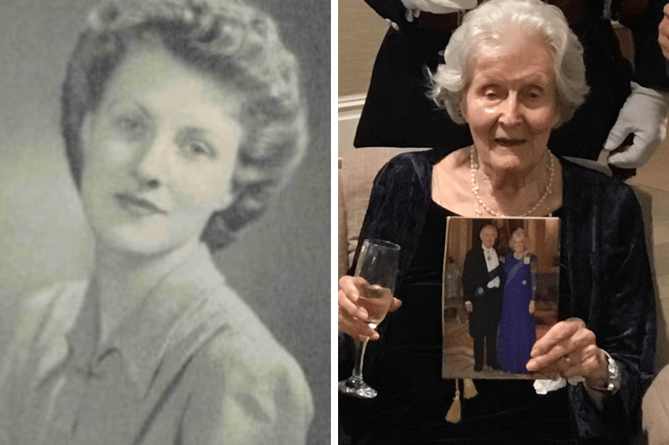
Fellow resident, Patricia, was born in Nottingham and met her husband Hugh in 1943 while he was being trained as an officer in the Royal Artillery.
She remembers walking down a Nottingham street with a friend when she heard a child running a stick down iron railings. She was mistaken, it was a Luftwaffe pilot strafing the street!
Patricia and Hugh married in May 1945, and she remembers it was cold and snowing when they came out of the church.
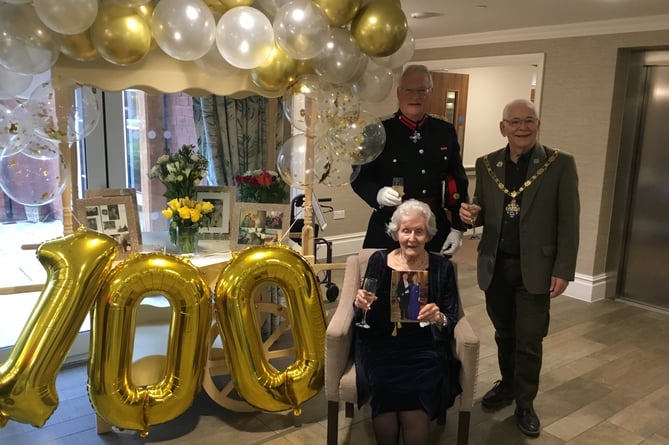
They settled in Aldershot where they started a roofing contracting business and subsequently moved to the Sands just outside of Farnham.
After Hugh died, Patricia moved into an assisted home. When she reached 96 she decided she needed to go into a care home. She selected Bourne Wood Manor herself, and told her family to move her on a date she had arranged.
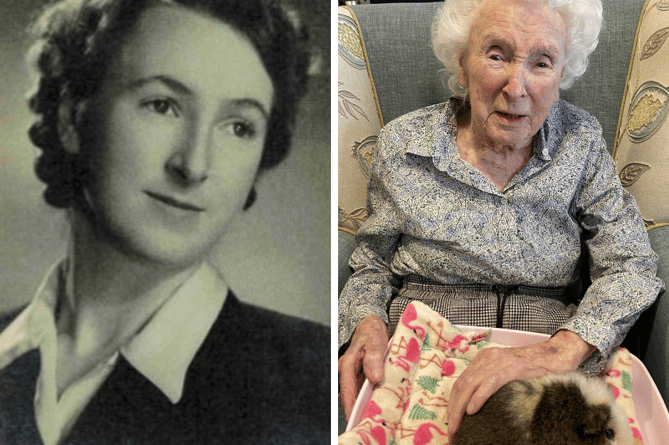
Another Bourne Wood resident Jean grew up in Derbyshire and was educated in Manchester, she also later retired there before moving to Surrey to be closer to her cousins.
She lived in Nazi-occupied France during the Second World War and worked in a screw thread measurement factory. She has no children or siblings but is very close to her cousins.
British women took on a variety of jobs during the Second World War as most men of fighting age were enlisted in the armed forces.
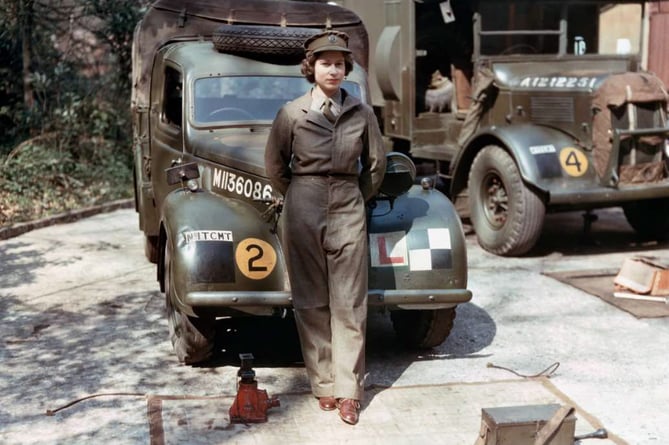
They also played a vital role on the home front, running households and fighting a daily battle of rationing, recycling, reusing, and cultivating food in allotments and gardens.
From 1941, women were called up for war work, in roles such as as mechanics, engineers, munitions workers, air raid wardens, bus and fire engine drivers.
At first, only single women, aged 20 to 30 were called up, but by mid-1943, almost 90 per cent of single women and 80 per cent of married women were working in factories, on the land or in the armed forces.
There were more than 640,000 women in the armed forces, including The Women’s Royal Naval Service (WRNS), the Women’s Auxiliary Air Force (WAAF) and the Auxiliary Territorial Service (ATS), plus many more who flew unarmed aircraft, drove ambulances, served as nurses and worked behind enemy lines in the European resistance in the Special Operations Executive.
Many of these serving women also played a vital role in the planning and execution of D-Day landings 80 years ago this June.
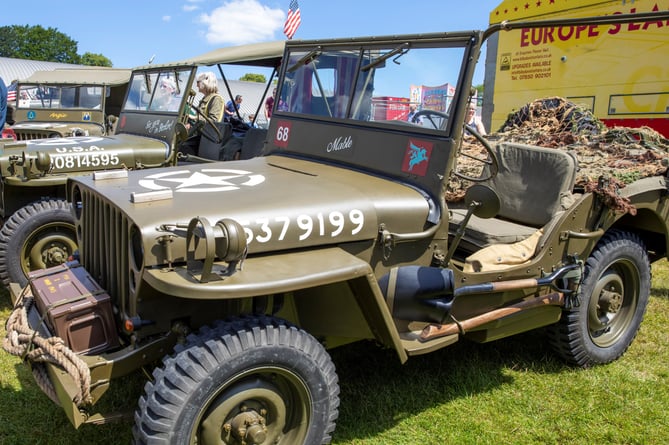
Military convoy returns to Milestones Museum to commemorate D-Day and Armed Forces Day
Milestones Museum in Basingstoke will be commemorating the Armed Forces Day weekend on Saturday and Sunday, June 29 and 30 with a whole host of activities for all ages, including the return of Commemorative Convoys, who last visited the museum in 2019 to mark D-Day 75.
Find out more at https://www.milestonesmuseum.org.uk/event/armed-forces-weekend
